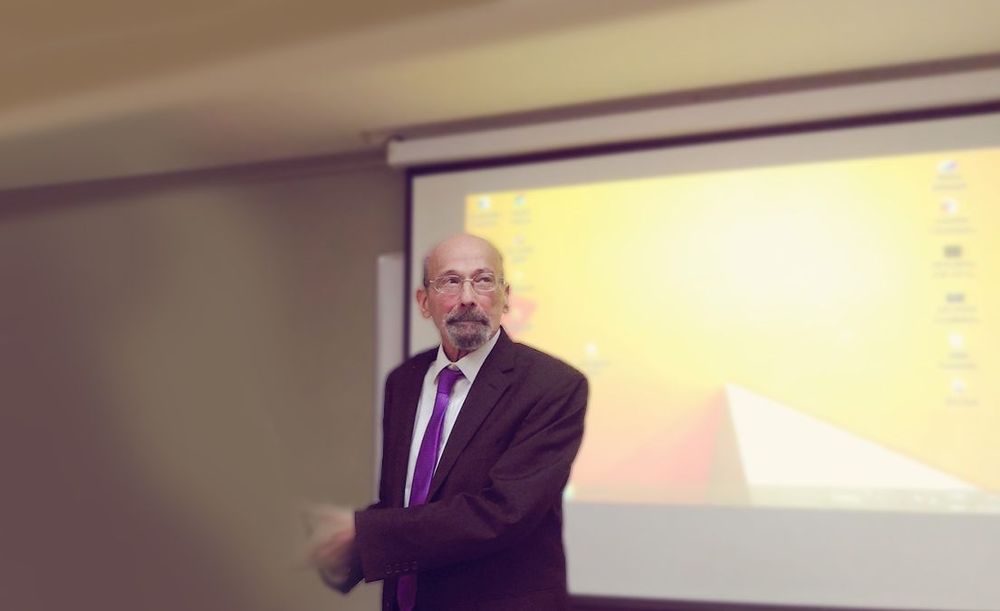“What you see in these diseases of aging is often the sort of unintended consequences of a system that was absolutely awesome for the young, at the expense of the old.” — Ned David.


Unfiltered.
Disclaimer:
The footage shown on this video is not our own content. We are viewing streams of other users who are out there risking their lives to show us what is happening. We can not control what is being shown, as such we do not take any responsibility.
We are showing this stream to other users and providing our feedback and comments of what we think may happen. We are mainly a gaming channel, we suck and we know it!
Please Like and subscribe to the people hosting these streams…
Toe Andy — https://www.youtube.com/channel/UCHIG…
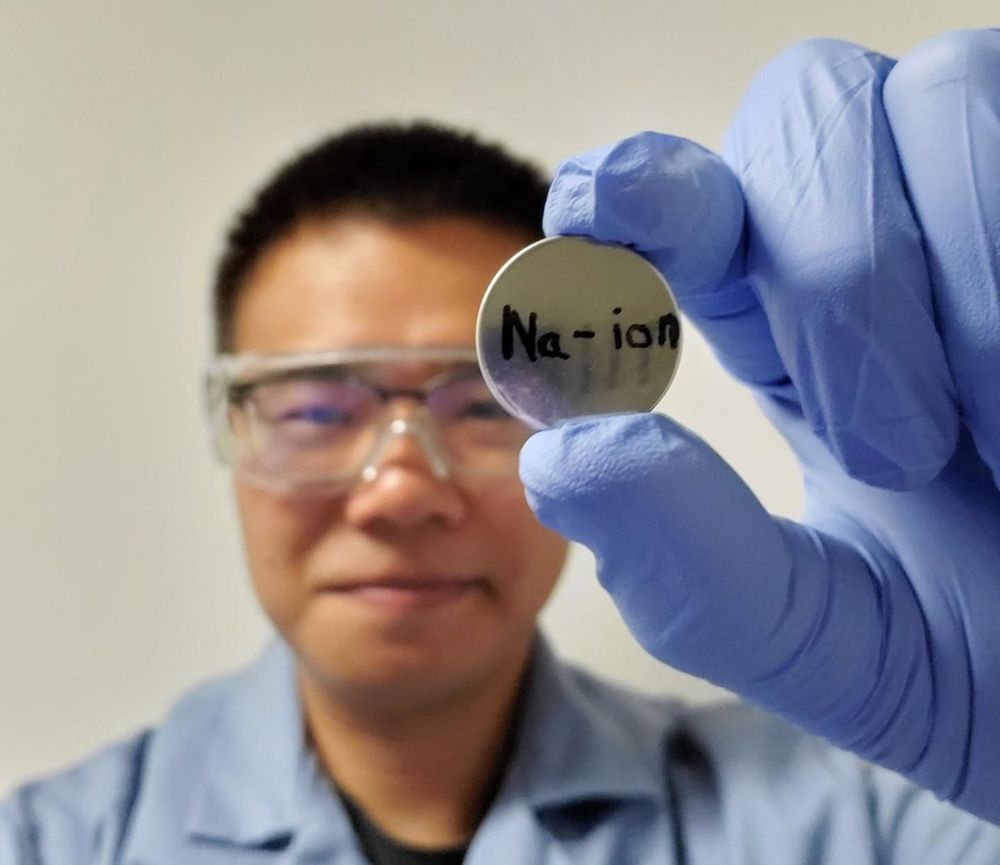
Batteries that use a sodium-ion chemistry rather than the commonplace lithium-ion could offer a number of advantages, owing to the cheap and abundant nature of the element. Scientists at Washington State University have come up with a design billed as a potential game changer in this area – a sodium-ion battery offering a comparable energy capacity and cycling ability to some lithium-ion batteries already on the market.
In a way, sodium-ion batteries function just like lithium-ion batteries, generating power by bouncing ions between a pair of electrodes in a liquid electrolyte. One of the problems with them in their current form, however, is that while this is going on inactive sodium crystals tend to build up on the surface of the negatively-charged electrode, the cathode, which winds up killing the battery. Additionally, sodium-ion batteries don’t hold as much energy as their lithium-ion counterparts.
“The key challenge is for the battery to have both high energy density and a good cycle life,” says Washington State University’s Junhua Song, lead author on the paper.

Bitcoin has been struggling to break over the $10,000 per bitcoin level since its highly-anticipated supply squeeze —but that could be about to change.
The bitcoin price, up around 30% since the beginning of the year and on track to be one of the year’s best performing assets, has swung wildly over the last few months.
Now, one of the most closely-watched bitcoin analysts, an anonymous strategist who claims to be a member of an institutional investment team that manages around $100 billion in assets, has released an update to his so-called stock-to-flow model, suggesting the bitcoin price could be about to surge to around $100,000.


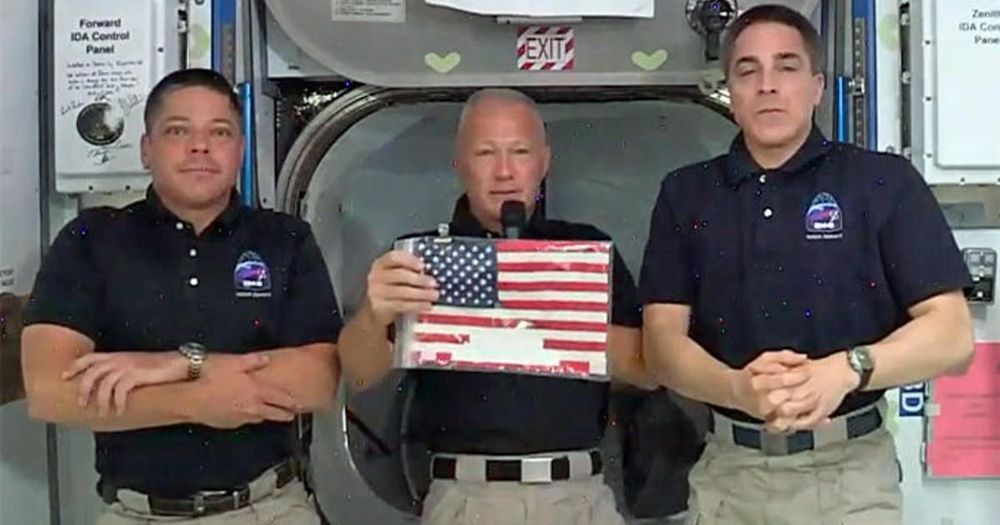
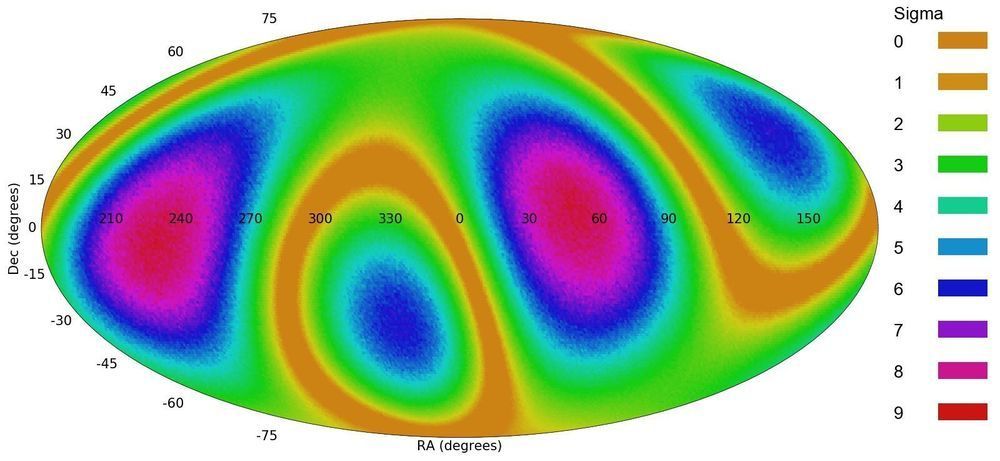
An analysis of more than 200,000 spiral galaxies has revealed unexpected links between spin directions of galaxies, and the structure formed by these links might suggest that the early universe could have been spinning, according to a Kansas State University study.
Lior Shamir, a K-State computational astronomer and computer scientist, presented the findings at the 236th American Astronomical Society meeting in June 2020. The findings are significant because the observations conflict with some previous assumptions about the large-scale structure of the universe.
Since the time of Edwin Hubble, astronomers have believed that the universe is inflating with no particular direction and that the galaxies in it are distributed with no particular cosmological structure. But Shamir’s recent observations of geometrical patterns of more than 200,000 spiral galaxies suggest that the universe could have a defined structure and that the early universe could have been spinning. Patterns in the distribution of these galaxies suggest that spiral galaxies in different parts of the universe, separated by both space and time, are related through the directions toward which they spin, according to the study.
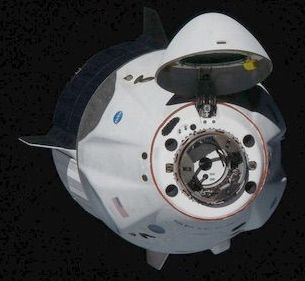
Ordinarily, planning a mid-afternoon launch from Florida during the summer would be inadvisable, especially if there’s no margin for error. The heat and humidity can make for “dynamic” weather conditions (to use a word that came up frequently in forecasts last week) that make it difficult to predict if a launch can proceed.
However, the schedule for the Demo-2 commercial crew mission was dictated not by Mother Nature but instead by Isaac Newton. The launch was tied to the orbit of the International Space Station so that the Crew Dragon spacecraft could reach the station after launch. That required an instantaneous launch window that, in late May, happened to be in the afternoon from the Kennedy Space Center.
Still, try explaining that to the boss. “I was told that the rocket you just witnessed had to be launched within one second, or it would be impossible for it to hit its target,” President Donald Trump said last Saturday, after a successful launch that he watched in person. He had been at the Kennedy Space Center three days earlier as well, when weather conditions didn’t quite clear in time to allow the launch.
